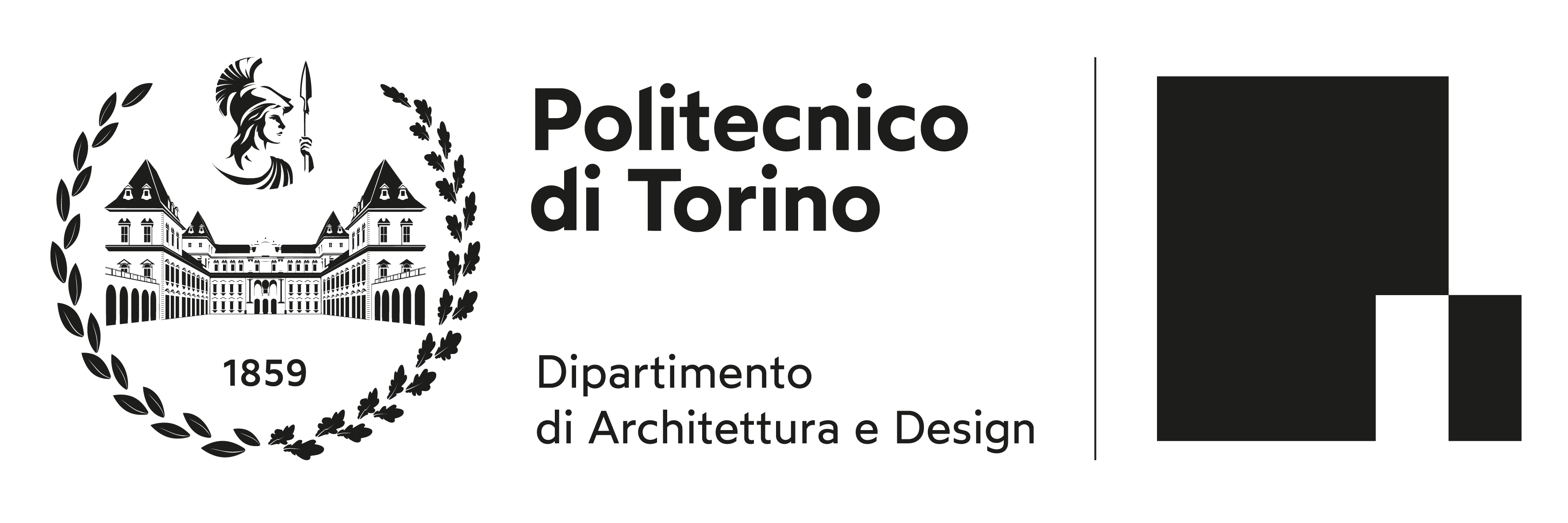
Contemporary architectures of production in South Tyrol
Abstract
When the German-speaking community of South Tyrol regained the ability to manage the provincial territory, action was taken on the economic reprogramming of the area, favoring a widespread development. At the same time, the region’s capital city lost its interest, its economic growth came to a sudden stop and the local productive settlements began to spread across the main valley floors. Instead of having companies of extra-local origin build large industrial complexes in this territory, South Tyrolean administrators wanted to privilege small artisan businesses already present in the territory, which have now become leaders in production and export. Until the 1970s, the local economy mainly relied on subsistence farming; during the last fifty years, however, the manufacturing industry has evolved significantly, and family-run companies have become well-known production centers. Moreover, the agricultural sector and, more widely, the food industry, far from having been abandoned, continue to represent the leading sectors of the South Tyrolean economy.
The architectural language intertwines with the development of the local industrial sector at a time when – perhaps in the wake of design competitions for large provincial public buildings – even private clients have started to understand the importance of making their production sites iconic. Thus, they have become true marketing assets for the brand image of the companies and contribute to building the South Tyrolean landscape as we see it today.







